With the development of the economy, transactions related to land such as transfer, inheritance, and land use rights are becoming more common. Land use rights are registered and certified by authorized agencies. Therefore, a specific procedure is required for the transfer of land use rights.
1. An Overview of the Procedure for Transfer of Land Use Rights
What is the transfer of land use rights?
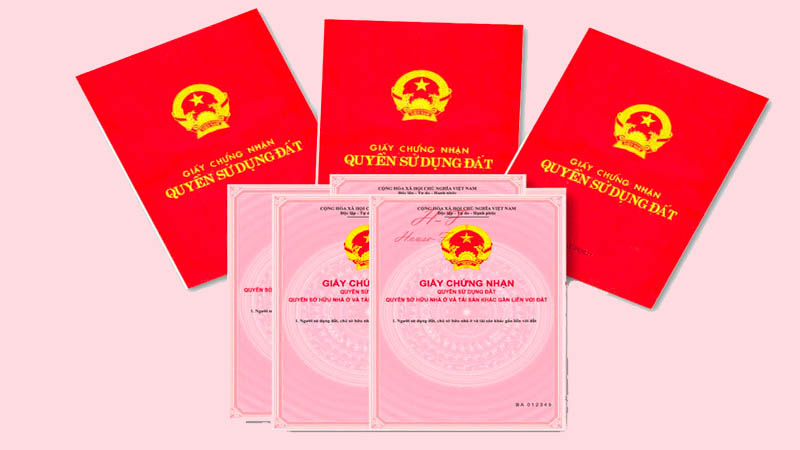 What do you mean by transfer of land use rights?
What do you mean by transfer of land use rights?
The transfer of land use rights, commonly known as “red book” transfer, refers to the procedure for registering changes in land ownership when there is a transfer, donation, or inheritance of land use rights, whether for land only or for land and other assets attached to the land (such as a house or other structures).
According to Article 95 of the 2013 Land Law, the transfer procedure is mandatory for state management purposes.
Cases for Transfer of Land Use Rights
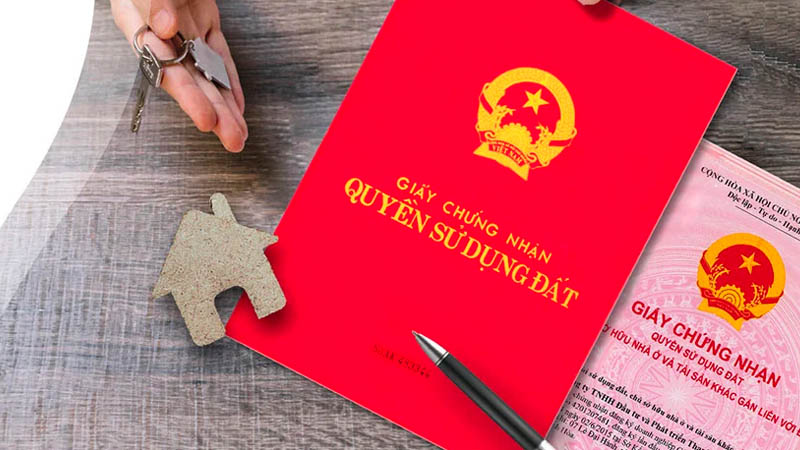 When do you need to transfer land use rights?
When do you need to transfer land use rights?
There are two possible outcomes of the transfer of land use rights:
Case 1: The recipient of the transferred or donated land is issued a new Land Use Rights Certificate in their name.
Case 2: The recipient of the transferred or donated land is not issued a new Land Use Rights Certificate.
Conditions for Transfer of Land Use Rights
 What are the requirements for transferring land use rights?
What are the requirements for transferring land use rights?
The prerequisite for transferring land use rights is to have: The original Land Use Rights Certificate, proof of ownership of the land and attached assets, and authorization from the owner if acting on their behalf.
The following original documents are required for the transfer procedure:
- The land and attached assets must not be subject to any disputes.
- The land and attached assets must not be subject to any seizures or pending enforcement actions.
- For jointly owned assets, the consent of all co-owners is necessary before initiating the transfer procedure.
- In certain cases, such as in Hanoi, the recipient of the transferred land use rights may be required to have a permanent residence permit or long-term temporary residence registration in the area.
For further reference: Please refer to the following link for more detailed information on the cases for transfer of land use rights: [insert link]
2. Procedure for Transfer of Land Use Rights
Steps to Transfer Land Use Rights
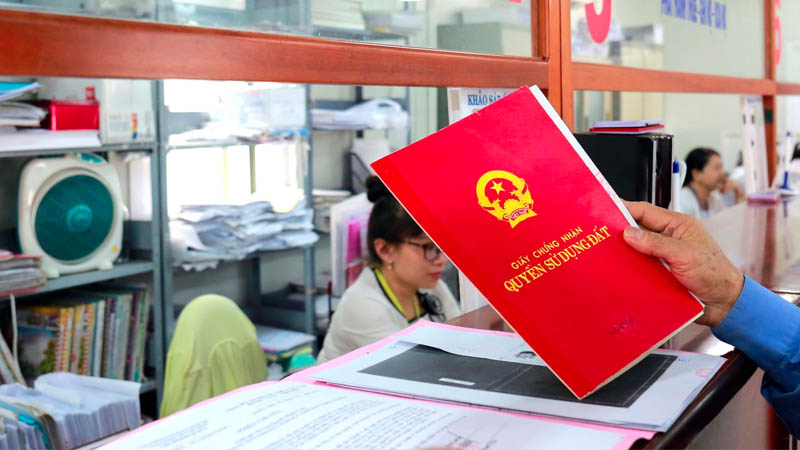 What are the steps to transfer land use rights?
What are the steps to transfer land use rights?
Preparation of documents for notarization:
According to Article 40 of the 2014 Notarization Law, the following documents are required by both parties:
- Draft contract or agreement.
- Original Land Use Rights Certificate.
- Request for notarization (usually prepared by the buyer).
- The contract can be prepared in advance by either the buyer or the seller.
| Buyer | Seller |
|---|---|
| Identification documents: ID card, citizen identification card, or passport. | Land Use Rights Certificate (“red book”). |
| Household registration book. | Identification documents: ID card, citizen identification card, or passport (for both husband and wife). |
| Document proving marital status | Household registration book. |
| Marriage certificate. | |
| Power of attorney (if selling on behalf of someone else). |
Registration of changes (transfer of land use rights):
- Application for registration of changes, using Form No. 09/ĐK.
- Contract for transfer or donation of land.
- Original Land Use Rights Certificate.
- Tax declaration for personal income tax, using Form No. 03/BĐS-TNCN.
- Documents proving eligibility for tax exemption, if applicable.
- Original declaration for registration fee, using Form No. 01.
If the transferring party chooses to pay the personal income tax themselves, the tax declaration is not required in the application.
Where to submit the application:
Option 1: Households and individuals can submit the application to the People’s Committee of the commune, ward, or town where the land is located, if they wish to do so.
Option 2: Households and individuals may choose not to submit the application to the local People’s Committee.
If the locality has established a one-door division, the application should be submitted to the one-door division at the district level (district, urban district, town, or city under the province, or city under the central government).
If the locality has not established a one-door division, the application should be submitted directly to the branch office of the Land Registration Office at the district level or, if there is no Land Registration Office, to the Land Use Rights Registration Office at the district level.
How long does it take to transfer land use rights?
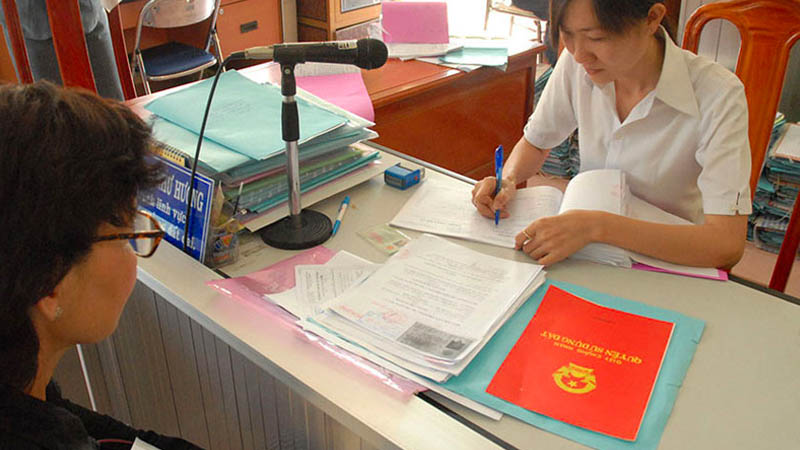 What is the processing time for transferring land use rights?
What is the processing time for transferring land use rights?
According to Article 40 of Decree No. 01/2017/NĐ-CP, the time limit for transferring land use rights is 10 days from the date of receipt of valid application documents, and 20 days for mountainous areas, economically disadvantaged areas, or socially difficult areas. These time limits do not include weekends, holidays, or other non-working days.
How much does it cost to transfer land use rights?
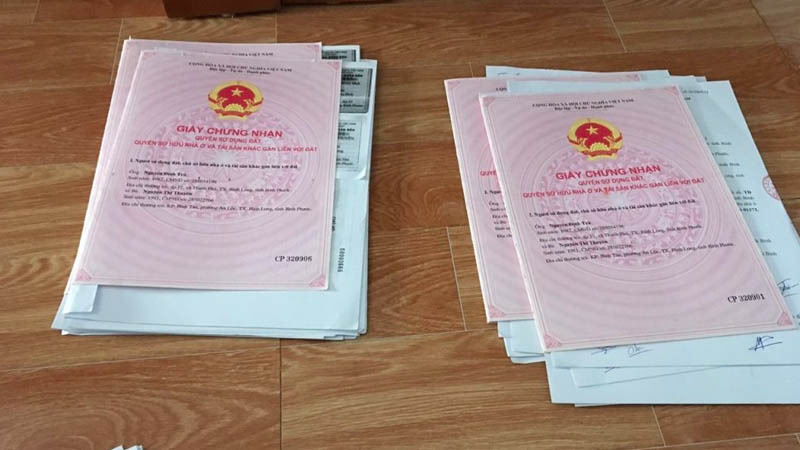 What are the costs involved in transferring land use rights?
What are the costs involved in transferring land use rights?
According to Article 5 of Decree No. 140/2016/NĐ-CP and Clause 1, Article 1 of Decree No. 20/2019/NĐ-CP, the registration fee is calculated as follows:
Registration fee = Transfer price x 0.5%
Other fees: Fees for dossier evaluation, issuance of the Land Use Rights Certificate, etc., are determined by the Provincial People’s Council and may vary across provinces and cities.
* For on-site inspection and initial issuance of the certificate, the fee is as follows:
- Land area <10,000m2: VND 2,600,000/dossier
- Land area 10,000m2 – <100,000m2: VND 3,900,000/dossier
- Land area >10,000m2: VND 5,200,000/dossier
The above is the latest information on the procedure for transferring land use rights in 2023. Hopefully, this article has provided you with a clear understanding of the process, which you can apply when needed.
What You Need to Pack to Ensure a Perfect Trip to Sapa
Are you planning to go on an unforgettable adventure to the beautiful Sapa? With its wild and majestic landscapes, the popular tourist spot has drawn in both domestic and foreign visitors. Before your journey begins, make sure to read up on the necessary preparations and essentials to make this your most complete trip!
Discover How to Check Temporary Residence Online with Ease, Simplicity, and the Fastest Way in 2024
Online temporary residence registration is an obligation and right of every Vietnamese citizen, especially for those who often have to move and live in other regions for study or work. In this article, FPT Shop would like to introduce to you the updated way to do the registration in 2024.
The Ultimate Guide to Registering for Whole Body and Organ Donation: Your Legacy, Their Future
Donating one’s body and organs is an incredibly noble and selfless act, and it is a topic that deserves more attention and understanding. We aim to provide a comprehensive guide on the procedures and processes involved in registering to donate your body and organs. It is a sensitive and important topic, and we want to ensure that those interested in taking this generous path are well-informed and aware of the steps they need to take.





































